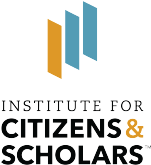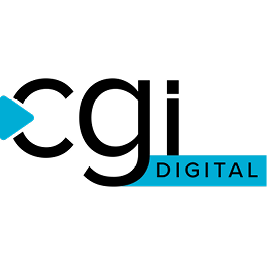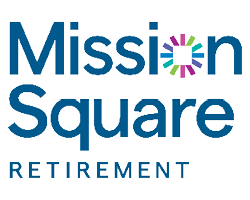By Aaron Landsman and Katy Rubin
Democracy is in crisis, and not just in a single country or region. We have read the quick takes, the admonishments to do better and the ones asking us not to lose hope.
We know the stats: in a record year for elections globally, turnout decreased significantly in many countries, particularly in the US, while polarization is on the rise. When voters do turn up, right-wing populist parties are gaining momentum and power around the world. The seeming insolubility of issues like climate change, inflation and instability make simplistic, nostalgic, and powerful candidates appealing.
There has been significant discussion, research, and investment into building more participatory democratic systems: fighting disinformation; facilitating voting access; encouraging a new generation of political candidates; and many other interventions. These are all important and timely. However, if we – as activists and democracy practitioners – attempt to fix the things that are broken while ignoring the tidal wave of anger, nostalgia, and stagnation all around us, we may ultimately fail.
Creativity, neglected for too long as a part of center left and left politics in the US and abroad, is fundamental to changing the seemingly intractable problems we face, and to seeing, designing, and rehearsing new versions of the world we want to make.
We are practitioners who bring artistic tools – from Legislative Theater to community mapping – to local and regional decision-making, problem-solving, and power-sharing processes. We have seen not only increased engagement and narrative shifts but also tangible results from our work, including policy change, and new progressive candidates running for local office. We are collaborating with communities and policymakers across the US and globally to respond to this urgent call for a more creative and joyful democracy.
 Creativity is not just a nice-to-have, or an add-on, in democratic systems and practices. It’s an essential part of organizing and policy-making, and in the current climate, it’s more urgent than ever. From the music that helped civil rights activists motivate mass movements, to Teatro Campesino’s embedded ties to migrant workers’ rights, art has historically been central to social and political change. Art helps uplift what people already know and do and infuses belonging and joy into bureaucratic processes that are often stultifying. Art is where we act out the problems that plague us, make maps of how policies affect us, and design new interventions.
Creativity is not just a nice-to-have, or an add-on, in democratic systems and practices. It’s an essential part of organizing and policy-making, and in the current climate, it’s more urgent than ever. From the music that helped civil rights activists motivate mass movements, to Teatro Campesino’s embedded ties to migrant workers’ rights, art has historically been central to social and political change. Art helps uplift what people already know and do and infuses belonging and joy into bureaucratic processes that are often stultifying. Art is where we act out the problems that plague us, make maps of how policies affect us, and design new interventions.
In a season for making lists and setting resolutions, here are seven ways creativity can work as an essential part of a democratic renewal in 2025 and beyond.
- Offer irresistible invitations
- Chart new pathways of desire
- Rehearse new governance that works for more of us
- Expand our shared understanding of citizenship
- Use fun to redistribute power
- Open cultural spaces to civic action
- Build a global citizenship
- Offer irresistible invitations: often, democratic spaces are exclusive, overly formal, organized by obscure rules, and rife with tension. Creative processes are active, welcoming, and make space for diverse groups and learning styles. Many forms of knowledge and communication are of value. There is no wrong answer; no special qualifications are needed. Fun is a core value, and laughter is encouraged. The rule of thumb is additive, a constant process of “yes, and…” that makes us all feel like key players. A creative process serves as an irresistible invitation to begin the work democracy demands of us and keeps us coming back for more.
- Chart new pathways of desire: practices like Perfect City’s Avoidance and Belonging Mapping uplift the creative tools we all have in our bodies, and that we deploy daily in making the city work better. All of us have walked through a park where the paved walkways have not led to where we need or want to go. Often, there are dirt paths that citizens have made, that get us there better and faster. Did you know that it just takes 15 people walking a pathway for it to emerge in the grass as a new and better route? And did you know these new routes are actually called Pathways of Desire? It is a creative practice of planning through everyday travels that many of us do all the time. Artistic civic action leverages what we already do to make our lives better in the pursuit of policy that works for everyone.
- Rehearse new governance that works for more of us: inherent to artistic collaboration are design processes that allow us to see and move towards futures that don’t exist yet and test them for viability. The people most directly affected by public policy can and must lead these processes, in order to foster a shared understanding of reality and to build strong, multi-stakeholder coalitions. Across the United Kingdom, Legislative Theater uses joy, humor and theatrical scenarios to bring public servants, constituents and activists into creative spaces to brainstorm, test, deliberate and enact new policies. The Right to the Streets project, co-creating safer streets and public transport for women, girls, and all residents, is just one example.
- Expand our shared understanding of citizenship: Augusto Boal, the creator of the Theatre of the Oppressed and Legislative Theatre practices, said, “We are all actors: being a citizen is not living in society, it is changing it.” The term “citizen” is currently weighted with legal justifications that often lead to exclusion. Creative practice lets us imagine citizenship not as a documented or forced sense of belonging, but a recognition that, town to city, farm to metropolis, migrant to elected official, we are all actors on this planet together, capable of taking action and co-creating the future. Our solutions have to go beyond the nation state, as the planetary changes we are facing make those borders less and less manageable or necessary.
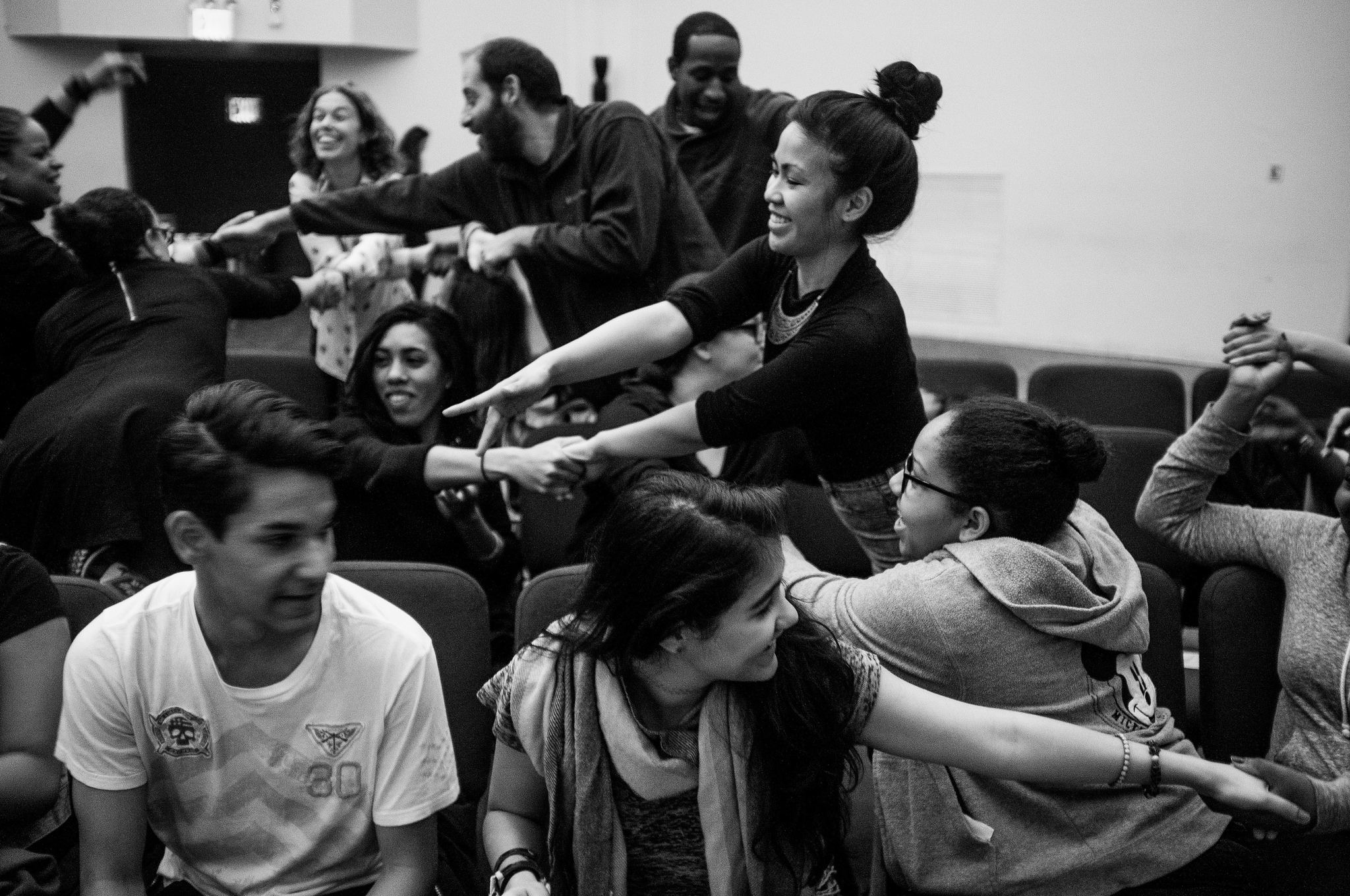
- Use fun to redistribute power: when physical spaces are rearranged for playfulness and fun (through games, interactive art, color, etc); when people are laughing in recognition of the absurdity of our reality; when everyone is stretched a little bit outside their comfort zones; these are the tools that help upend entrenched power dynamics, which traditionally favor white men in dark suits who employ jargon and self-importance to keep the rest of us on the outside of our own democracies. Fun makes the impossible seem easy, everywhere from former Bogota Mayor Antonas Mockus’ use of mimes to direct traffic and increase pedestrian safety, to underground music in the Eastern European democracy movements, to Belarus’ Free Theater’s ironic, playful work today.
- Open cultural spaces to civic action: it’s not just creative practices that are useful in making our democracies stronger, it’s also changing how and where we invite people to take part in politics. Oppressed communities are often barred from entering official government spaces or carry lived experiences of harm that don’t allow creativity to thrive. Put another way, if your city hall shares an entrance with a police station, who feels protected there? Cultural and other third spaces can offer a more welcoming, less hierarchical place from which to envision new policies and celebrate political wins. We see teams of artist facilitators leading deliberative, creative processes that link to governmental action.

- Connect beyond nation-states: the concurrent crises of climate change, corporate co-optation of politics and the rise of authoritarianism demand us to be both hyper-local in our organizing, and global. National democratic structures ask us to only look at domestic policy and legislation, while those decisions directly affect people and nature around the planet. Stories, dances, music and plays that build solidarity around the problems we face, or elicit a new understanding, or poke fun at reality, are all more durable and translatable than specific policies. Our values live when we perform together, when we refuse the walls that are meant to keep us apart.
Are you working in policy, governance, and/or the arts, and want to collaborate with us? Join us here and here to share how you’re engaging creativity to build a better democracy!
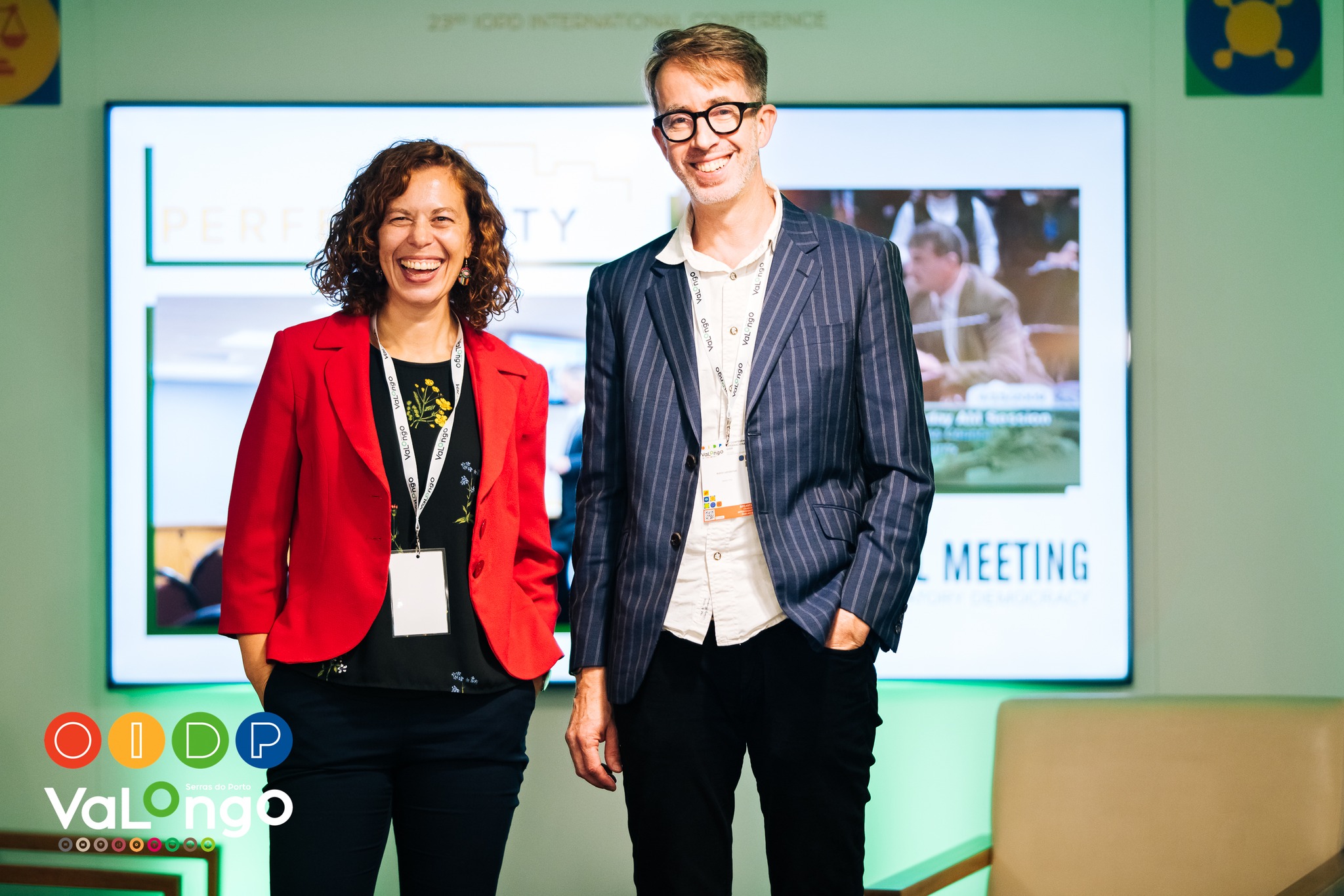
Aaron Landsman is a New York-based theater artist, teacher and organizer. Landsman is the artistic director of Perfect City, an emergent network that uses tools from theater, popular education and design to innovate civic action in communities. Perfect City’s current partnerships include Bard College, HomeWorks Trenton, the Hudson Civic Forum and the National Civic League. Landsman’s work has been presented extensively in NYC, regionally and abroad. His book The City We Make Together, co-authored with Mallory Catlett, was published in 2022.
Katy Rubin is a Legislative Theatre practitioner and strategist based in the UK, and director of The People Act hub for creative civic practice. She works in partnership with local and national governments, advocacy organizations, and community groups to co-create equitable and innovative public policy through participatory processes that are joyful, creative, and inclusive. Her work with the Greater Manchester Combined Authority was awarded the International Observatory of Participatory Democracy’s 2022 award for Best Practice in Citizen Participation.
